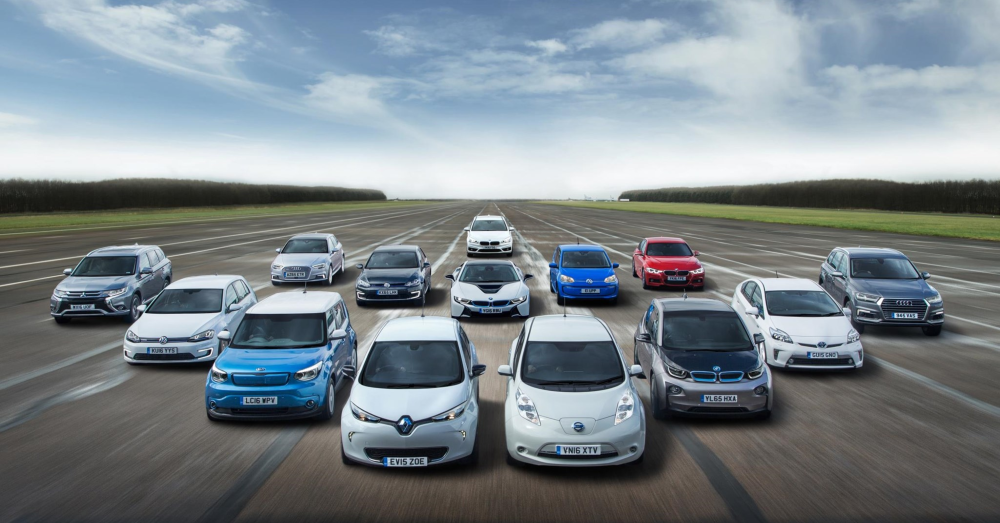If driving an EV were without drawbacks, we wouldn’t have any discussion, but there are some downsides to battery-operated vehicles.
We’ve heard some of the typical negatives to these types of vehicles, but there might be more to this side of things than you might think. With that in mind, let’s explore a few things you should realize before you ever choose to let an electric vehicle become the model you drive every day.
RareMetals are Required for the Batteries
The batteries that are used in electric vehicles use a lot of lithium. This is the lightest metal and solid element used to make these batteries, but there is only so much of this metal in the Earth, and that means the supply will eventually run out. Currently, Chile is the largest producer of lithium each year while, Argentina, China, and Bolivia also have large reserves of this metal. These rare-earth metals, as they are called, are expensive to mine, and the mining process can be detrimental to the environment.
Electric Charging Stations Aren’t as Plentiful as Gas Pumps
Everywhere you look, there’s a gas station with the fuel you need for a gasoline-powered vehicle. One of the drawbacks to an EV is the fact that electric charging stations aren’t as plentiful as the pumps with gasoline flowing for the refueling needed. Some owners of electric vehicles will certainly charge their cars at home every night, but that doesn’t help you when you want to take a road trip.
Driving Range is Still an Issue
There are two reasons why driving range continues to be one of the biggest topics of discussion when it comes to electric vehicles. First, most EVs cannot drive as far on a single full charge as a vehicle that operates using gasoline or diesel. Second, charging the batteries of an EV takes a lot longer than filling up a tank of gas, which puts a halt to your driving for the day. We do know that Toyota plans to unveil a solid-state battery with a 600-mile range, but that will only solve half of the issue.
Replacing the Batteries is Prohibitively Expensive
You could say the same for replacing an engine in a traditional vehicle, but the batteries will likely stop working before an engine that’s properly cared for. One of the drawbacks of driving an EV is that you might have to replace the batteries, which typically come with an eight-year/100,000-mile warranty, and that will cost a lot of money. You can expect replacing the batteries to cost between $6,000 and $20,000 when it’s time for this to take place.
The Initial Cost of an EV is Greater
Often, you see the ads for electric vehicles to include the tax credits you receive from the federal and state governments to drive one of these models, but that doesn’t offset the initial cost you have to pay. That tax credit doesn’t come into play until you file your taxes, and if you don’t owe anything on your tax return, you won’t have the full benefit you should enjoy when paying for and driving an electric vehicle. Compare the prices, EVs are more expensive than gasoline and diesel vehicles.
The Production Process is More Harmful
The process of manufacturing an electric vehicle is more harmful to the environment than the same process for a gasoline vehicle. The raw materials have to be mined and refined, which emits plenty of greenhouse gasses during the process. While the same is true of traditional vehicles, we expect the process to be more efficient for an EV than for other models, but that’s not the case. The process of producing the batteries adds to the total emissions, which is one of the greatest drawbacks of an EV.
Refueling Takes Much Longer
There’s no getting around this issue; currently, to charge an electric vehicle takes a lot longer than it takes to refuel a gasoline or diesel-powered vehicle. Some chargers can give you part of the range in a short amount of time to continue driving, but if you want a full charge, you often have to wait for several hours for the batteries to fill up. This limits the distance you can drive every day.
You Need a Home Charger
Another of the drawbacks to driving an EV is the fact that you should have an EV charging station installed in your home to enjoy the full benefits of one of these vehicles. It’s not always 100 percent necessary, but then you have to find the closest charging station to plug into at night. You can technically use a 120-volt outlet to charge up your EV, but if you do, you probably won’t be driving every day. Many EV owners have found the benefits of a dedicated charging station at home to be a good thing, but the expense is not.
EVs are Heavy
The added weight of a battery pack is a double-edged sword. The larger the battery pack, the longer the driving range and the greater the power of the vehicle. Unfortunately, it also takes more power to make a heavier vehicle move as quickly as you might desire. Thankfully, many automakers have begun to put these batteries in the floor of the vehicle, which allows for a better center of gravity and no longer takes up trunk space.
Electricity Isn’t Free –Check Your Electric Bill
If you feel like you’re getting away with something by driving an EV, think again? One of the drawbacks of an EV is the increased cost that shows up on your monthly electric bill. In most homes, the greatest electricity cost is the air conditioning unit or furnace, followed by the clothes dryer. These two items use much more power than most of the appliances you plug in at your home. Even if you use a 120-volt outlet, that outlet is going to draw a lot of power while your EV is charging, and that power draw will be reflected in your monthly energy bill.



